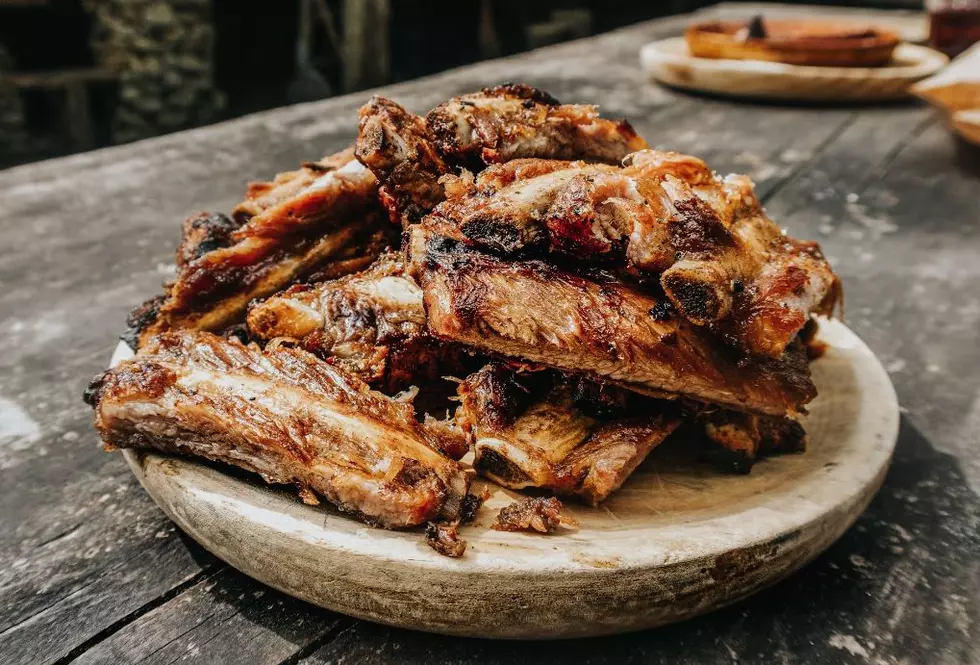
Do You Know What A Cattle Pound Is?
Have you ever noticed those stone structures in some towns that are stunning remnants of long ago? No, they are not New England’s version of stone hedge and they were not built for religious purposes. They are cattle pounds.
I drive by a couple of these structures on at least a weekly basis, which led me to wonder just why were they built. It’s obvious they were to fence in cattle but why and how? The answer was rather surprising.
By name, cattle pounds were meant to container wayward cows. But they were also used for wandering horses, donkeys, geese and various other farm animals.
In colonial times, they were very few fences up so the livestock tended to wander freely about what was called the town commons. This worked well until some animals got into trouble by wandering into someone’s garden. If an animal destroyed a garden, it could have grave consequences. What if the family no longer had food for the winter?
Once the animal was caught, it was taken to the pound. Typically the owner would have three days to pay restitution for damages and a fine. If they did not retrieve their wayward animal after three days, it would be sold at auction. Think of them as the predecessor to the car impound lots.
The Waldoboro Town Pound was built in 1819 and still remains as a reminder of day’s gone by. It is located beside the Waldoboro Historical Society museum. The Jefferson Cattle Pound is located on the Gardiner Road. It was built in 1829 and remains in excellent condition. There are others located in Turner, Pownal and Orringtone. They’re perfect to take in on a road trip during this winter of the pandemic.

LOOK: Famous Historic Homes in Every State
More From B98.5









